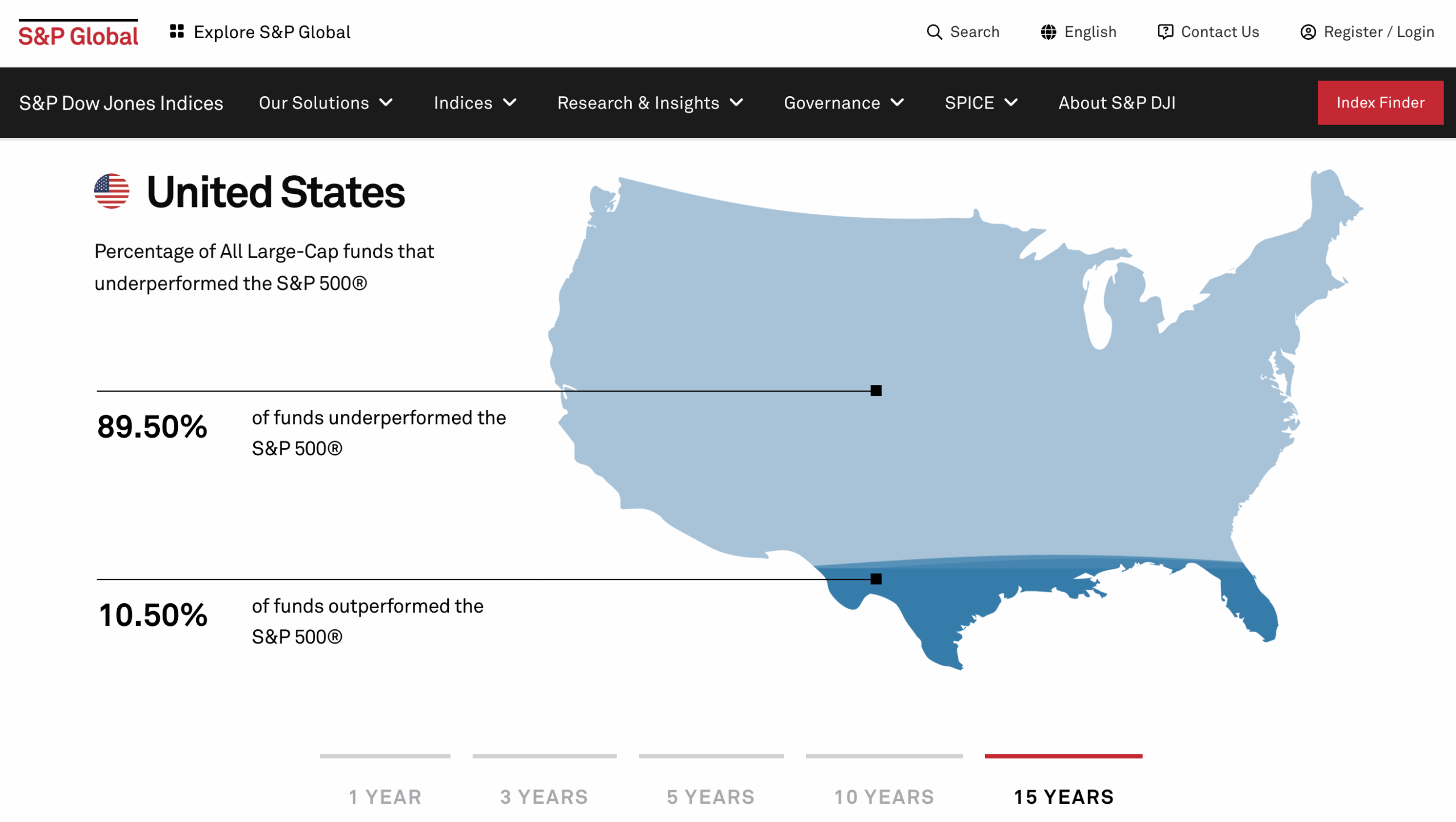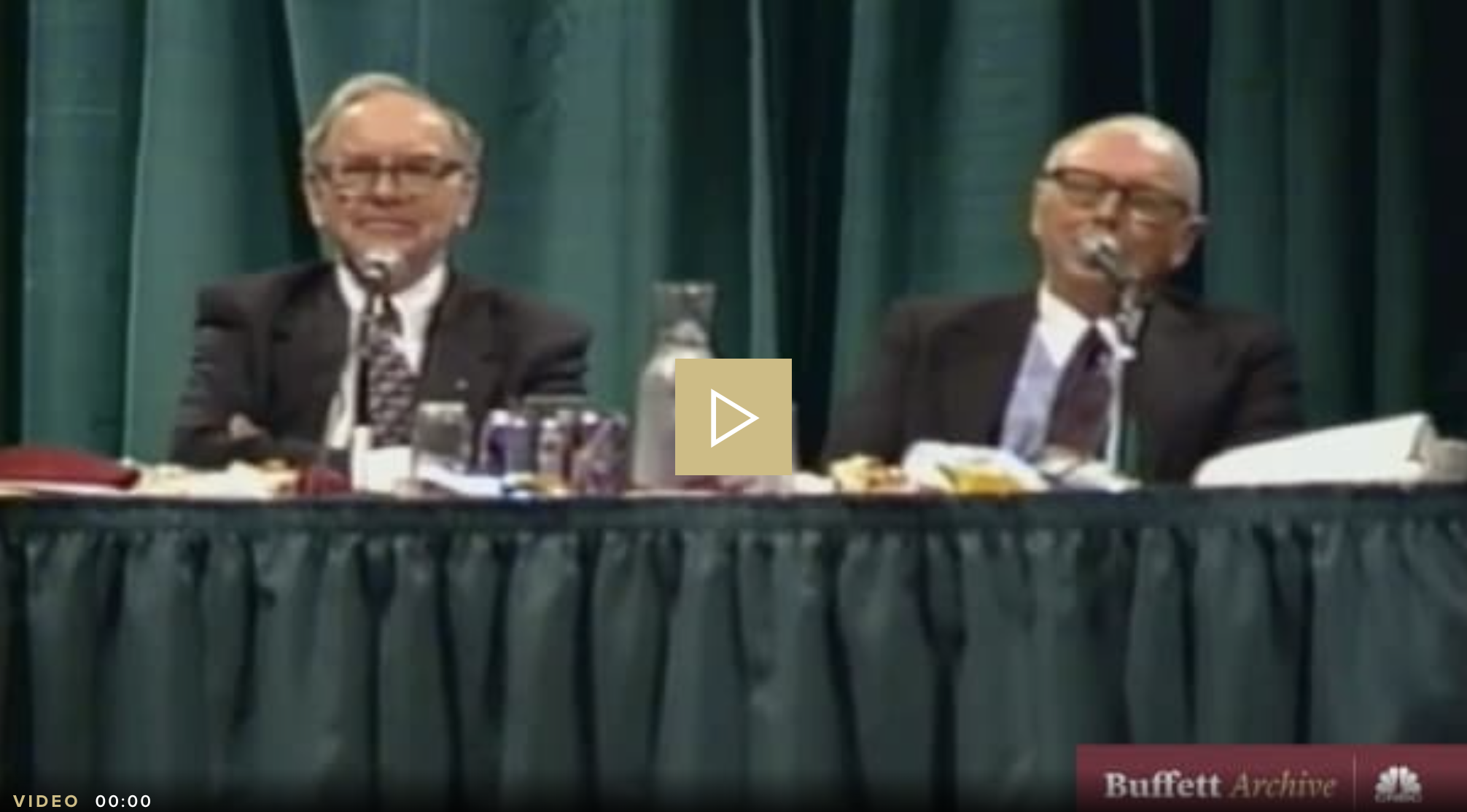Introduction:
Hello everyone, my name is Bryan Strain, for those who don't know me yet, be sure to go to my About Page.
Over the last 26 years, I worked closely together with Don Fishback to teach investors how to think differently about investing. That principle is critical—if you want to beat other investors, you must think differently.
Here’s why: the first fact you need to know is that most managers underperform the S&P 500. In fact, it’s not even close. Look at this graphic from S&P Global: about 90% of funds don’t beat the S&P 500. Why is the S&P 500 used as the benchmark? Because it’s a statistically valid proxy for the market as a whole.

So, if you want a chance to beat the industry standard, you can’t think like the majority of professional investors. You need to think like an elite investor.
Many professionals are content to charge you fees and deliver something close to market returns—minus those fees. Most managers preach diversification as if it were the best—and only—answer.
Consider this: Bloomberg just reported there are now more ETFs in the U.S. than there are individual stocks.
To elite investors, that’s almost an admission that most managers are content to be average. My personal opinion? Many are also lazy. They want to make money without doing the hard work.
But don’t just take my word for it—listen to what elite investors say about diversification.
In 1996, Warren Buffett—who has averaged about 20% per year since 1965, double the market’s return—said:
“We think that diversification, as generally practiced, makes very little sense for anyone who knows what they’re doing. Diversification is a protection against ignorance… That is a perfectly good approach for someone who doesn’t feel like they know how to analyze businesses… It’s a confession, in our view, that you don’t really understand the businesses that you own.”
Then Charlie Munger added:
“What he’s saying is that much of what is taught in modern corporate finance courses is twaddle.”
(You can hear the full conversation here: Buffett and Munger on diversification, 1996)
Another elite investor, Stan Druckenmiller—who averaged 30% per year for 30 years without a single losing year—said something very similar:
“Most of what they teach in business schools is nonsense… I like putting all my eggs in one basket, then I watch my basket very carefully… Most people make 70 to 80% of their money on two or three ideas… Too many investors look at the present; the present is already in the price. You have to think out of the box and visualize 18 to 24 months from now… The obvious is obviously wrong. If you invest in conventional wisdom, you’re going to lose your butt.”
(Here’s the link to hear him say it: Druckenmiller clip)
The fact that ETFs now outnumber stocks is, to me, a sign that people are content with mediocrity. I understand: nobody wants to lose the money they worked hard to earn. We all want our money working for us. But here’s the funny thing: most people will tell you that if you want bigger gains, you have to take bigger risks. That’s true—if you think like everyone else.
But if you think like Warren Buffett, Stan Druckenmiller, Kevin Hurley, Keve Bybee, or myself, you realize the risks taken by diversified market participants are actually insane. Just look at 2008 during the financial crisis, when the S&P 500 lost 57%, or again in 2020 during the Covid crash, when the S&P lost 34%. What if you were planning to retire in those years?
By thinking differently, we can participate in market gains while also using derivatives to insure our high-performing stocks—so we don’t get hit so hard during a crisis. In fact, during major market corrections, we can use one of our favorite strategies to add shares by dollar cost averaging—without asking clients for more money. Done right, our clients may even begin to look forward to the next crisis as an opportunity to leap ahead of other investors.
I’ll admit—it took me a while to be convinced to switch from the education business to the management business. At heart, I’m a teacher. But not for the same reasons as most educators. I teach because I learned early on that teachers learn more than their students. I’ve always had a need to understand how everything works. Once I discovered that teachers and scientists learn more than anyone else, I became both.
At first, I resisted becoming an advisor because I thought it would mean giving up teaching. But Kevin showed me that his hybrid approach—teaching and managing—was a better way forward.
I met Kevin through friends in the education industry. He noticed me when he learned I had an elite teaching background. I noticed him when I learned he had an elite advisory background. We got to know each other better, and once again, I find myself working with one of the best in the business.
I look forward to getting to know you better as well.


